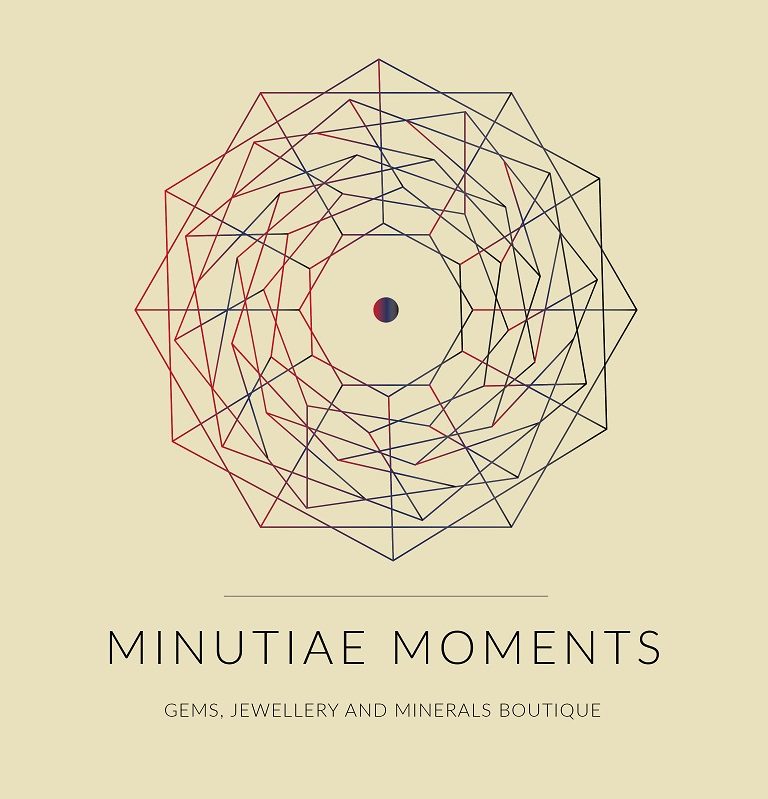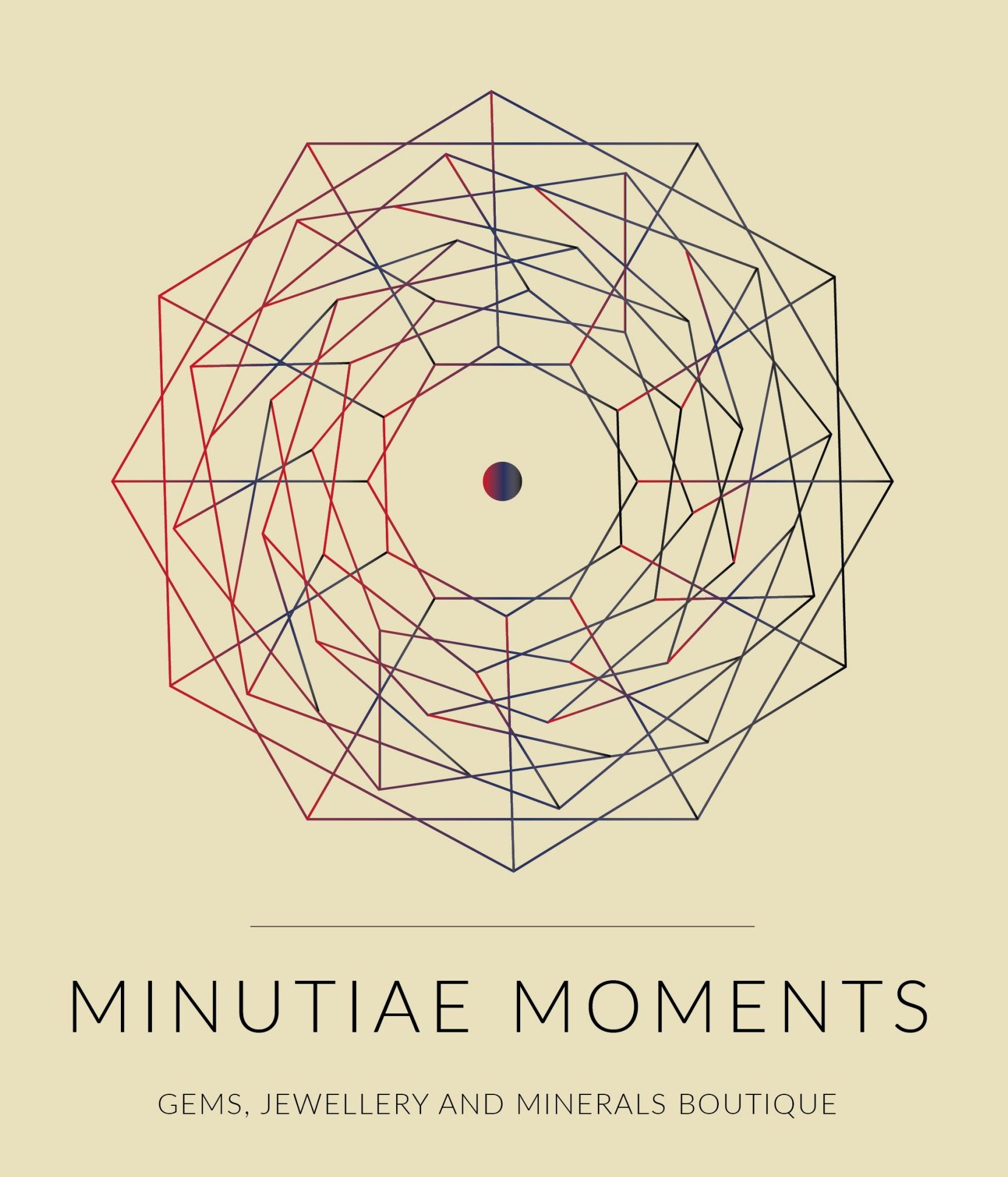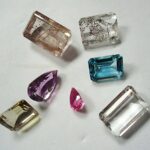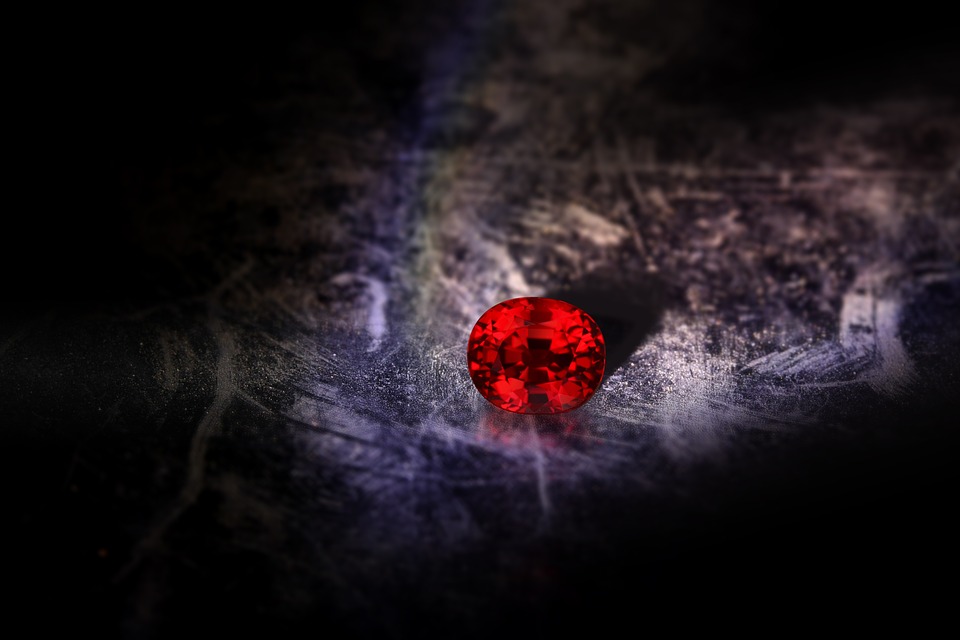
Natural Ruby Inclusions
Ruby is one of the four most precious gemstones along with diamond, sapphire and emerald. Because of its value, synthetic (lab created) rubies are available in the market and some of those are sold as natural rubies. Some natural rubies are also subjected to various treatments in order to enhance its color. For gemstones and jewelry enthusiasts, it is important to get to know the natural ruby inclusions as that is the only surefire way to distinguish between natural, treated and synthetic rubies.
What Are Inclusions?
During the formation process of any gemstone, variations of different factors such as composition, heat, air, liquids, etc. results in crystals, gas, liquid particles or fractures inside the stone. Vast majority of natural gemstones which are mined from various locations contains these inclusions.
Why Are The Inclusions Important?
Inclusions are like fingerprints. Those are unique to each gemstone and say a lot about the particular gemstone such as the type, locality, treatments etc.
Inclusions are also extremely important when valuing a gemstone. If the inclusions reduce the transparency or the reflections of the stone, the price can drop accordingly. Inclusions which do not affect the beauty of the stone do not affect the price in the same way but stones free of inclusions can be very expensive (especially for diamonds, rubies, sapphires and emeralds).
Natural Ruby Inclusions
As already mentioned, different gemstone varieties have inherent inclusions. Some common natural ruby inclusions are described below.
Silk
These inclusions look like silk fibers and hence its name. Although a small amount of silk inclusions do not affect the beauty of the stone, a significant amount of silk inclusions will whiten the stone and reduce transparency and beauty of the stone.
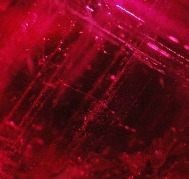
Needles
Thin long crystals or tube like inclusions appear as needles. The colorless needles do not impact the color of the stone but can affect the reflections. If the needle has a color such as brown, it can have a negative effect on the color of the gemstone as well. If the needle is located close to the table of the stone, it will be easily visible.
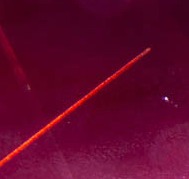
Crack/ Feather
Tiny fractures inside the stone sometimes looks like a feather. Tiny fracture usually does not affect the beauty of the stone but significantly bigger inclusions can reduce the beauty as well as the strength of the stone.

Crystals
Crystal inclusions look like small grains and are often white or black. These inclusions can have a significant impact on the beauty of the stone and hence it is better to avoid rubies with such inclusions.
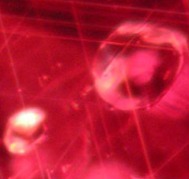
Twinning
Crystal inclusions which exists in pairs, like growing out of each other, are called twinning. These inclusions are bigger than single crystal inclusions and hence more visible. Depending on the size, it can negatively impact the visibility and light performance.
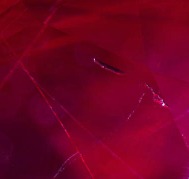
Cavity
Miniature holes which runs into the stone from the surface are called cavities. Visible cavities significantly reduces the beauty of the stone as well as its strength.
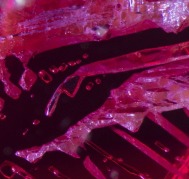
Scratches
These are the visible surface inclusions on rubies. Depending on the length, depth and the location of the scratch, some can be removed by polishing. Removing bigger scratches results in a significant weight loss.
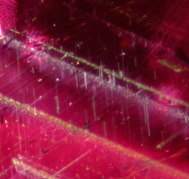
Fingerprints
When numerous tiny bubble like inclusions cluster together, it appears as a fingerprint. Such inclusions do not impact the beauty of the stone, if the overall size is small. But relatively bigger fingerprints can have a negative effect.
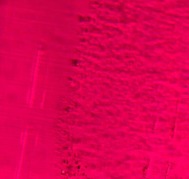
Color Zoning
Although the primary color of ruby is red, certain parts can be pink, which creates the effect known as color zoning. Gem cutters also take color zoning into consideration when cutting the stones.
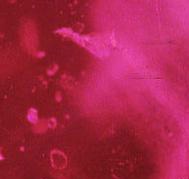
More images of ruby inclusions can be found here.
Treatment Types
There are several treatment methods used to overcome the effect of inclusions. These treatments are accepted in the industry as long as those are declared.
Heat Treatment
Rubies are subjected to temperatures of 1750 Celsius (3182 Fahrenheit) for a certain period in specialized burners. This process removes most silk and rutile inclusions, and improve the color and transparency. But if there were liquid or gas bubbles inside the stone, heating can cause these bubbles to expand and the stone can break due to that internal pressure.
Flux Healing
A flux is applied on rubies before heating. This prevent those stones from sticking together during the heating process and also the flux enters the cracks to reduce the visibility of those cracks. This improves the clarity of rubies but the value is significantly lower than heat treated stones as the treatment involves a foreign subject to enhance the state of the gemstone.
Glass Filling
A liquefied glass is used to penetrate the stone and improve the clarity. Glass filled stones are also significantly low in value compared to heat treated stones.
Here is a good video which describes natural ruby inclusions.
Final Thoughts
As there are many synthetic and treated rubies in the market, ability to identify natural gemstones is important. As explained, natural ruby inclusions are the best method in doing so.
p.s. Some other articles you may like
